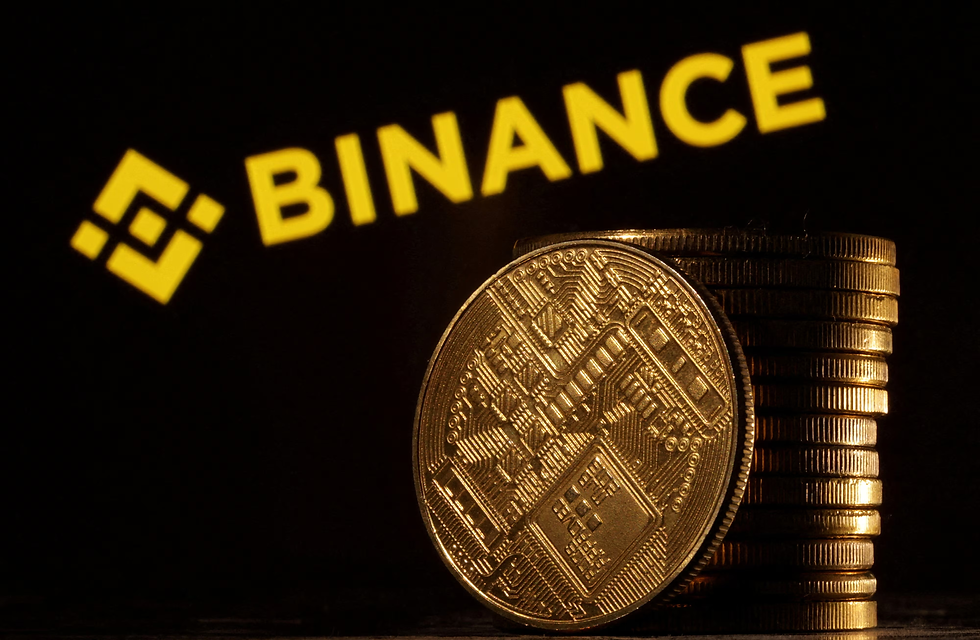How Crypto Sectors Are Trading During the "Tsunami" of Dollar Strength
- Flexi Group
- Sep 26, 2022
- 4 min read
According to conventional thinking, assets like cryptocurrencies decrease in value when the dollar strengthens. However, is that actually the case?

The Federal Reserve increased the fed funds rate by 75 basis points for the third consecutive week this past week, as most experts had projected. Raising borrowing charges is intended to make money a little bit more costly and therefore cool the hot economy since consumer prices have been rising at a rate not seen since the fourth season of Diff'rent Strokes for several months.
In words that crypto enthusiasts may comprehend, remember how everyone was purchasing UST because of the over 20% APYs the Anchor protocol was offering back in April? Higher interest rates increase demand for dollars. After increasing by approximately 20% in the previous year, the U.S. Dollar Index, which compares the dollar to a basket of six foreign currencies, is currently trading at a 20-year high. Bitcoin's (BTC) price has fallen a staggering 58% over that time.
On Friday's "First Mover" episode of CoinDesk TV, Mark Conners, head of research at 3IQ, said: "Dollar strength is a unilateral and powerful force. “The term ‘tsunami’ is thrown out a lot, but it really, accurately represents what happens in a period of dollar strength. It just pulls other assets away from currencies."
However, it is important to note that one should not extrapolate this. After all, compared to other asset classes, cryptocurrencies are still in their infancy. It has its own quirks, and prices fluctuate for reasons other than, example, the strength of the dollar.
For instance, in November 2021, bitcoin reached its all-time high, trading at around $69,000, more than quadrupling its value from the year before. The dollar index increased from around 92.7 to 95 during that time.
Furthermore, the market's perception of risk frequently appears to be reflected in price movement. The risk factor for cryptocurrencies is still quite high.
Having said that, cryptocurrency has been acting like certain traditional assets lately, especially.
Equity markets suffered after the Consumer Price Index (CPI) for August was issued by the Bureau of Labor Statistics on September 13 and revealed a rise of 8.3% over the previous year (30 basis points more than anticipated). For instance, the S&P 500 fell 6.2% in the week that followed the news.
But when we look at individual industries, some fared better than others. For instance, financials fell 5%. (banks like higher interest rates in the long-term because they ultimately benefit their balance sheets). On the other side, real estate stocks had a 9.8% decline as rising rates make it more difficult to leverage with mortgages and raise cap rates for commercial buildings.
In the week that followed the release of the CPI data, cryptocurrencies performed significantly worse than stocks overall. During those seven days, the CoinDesk Market Index (CMI), a cap-weighted index of 148 of the biggest cryptocurrencies, fell 13.5%. We see variations based on sector in this area as well. The value of the CoinDesk Smart Contract Platform Index (SMT), which includes cryptocurrencies like ether (ETH), ADA by Cardano, and SOL by Solana, fell by 19.8%. While other assets in the index also decreased as a result of the sell-off, a sizeable percentage of the decline was undoubtedly attributable to ether's post-Merge collapse rather than merely the general state of the market.
While this was going on, the CoinDesk Culture & Entertainment Index (CNE), which contains many NFT-related and metaverse coins, including ApeCoin's APE, Decentraland's MANA, and The Sandbox's SAND, declined by "only" 6.9%, outperforming four equities sectors.
Jodie Gunzberg, managing director of CoinDesk Indices, stated on Thursday's "First Mover" episode that "high inflation, rising rates, and a strong dollar, yes, it puts downward pressure on all of the digital assets, but it is not equal." Because they "are not as economically sensitive as something like DeFi or the currencies or the smart contract platforms that are just much more closely tied to the financial markets," the cryptocurrencies in the CoinDesk Culture & Entertainment Index did not suffer as much as other cryptocurrencies.
According to Gunzberg, this action follows a well-known pattern seen in stocks. She remarked, "That's not dissimilar to the defensive sectors that we see again in the S&P 500." "When we look at things like leisure, entertainment [and] gaming, there are more defensive characteristics there. Then there are in some of the more economically sensitive sectors like real estate."
When traders conceive about cryptocurrencies in terms of sectors, they may develop more complex trading strategies for environments with growing rates, among other things.
"You can create long/short strategies, or you can create strategies that are overweighting the sectors like culture and entertainment or even the digitization market. And then you can underweight the smart contract platforms… which are really getting hammered in this economic environment," Gunzberg said.
The market is currently preparing for yet another rate increase in November of 75 basis points. As of Friday afternoon, traders are assigning a 71.7% likelihood that the U.S. central bank would increase rates by three-quarters of a percent to a range of 3.75% to 4%, according to the CME's FedWatch Tool. As they say, it depends on the data, and a lot might happen in the following month or so.
By fLEXI tEAM
.png)
.png)







Comments